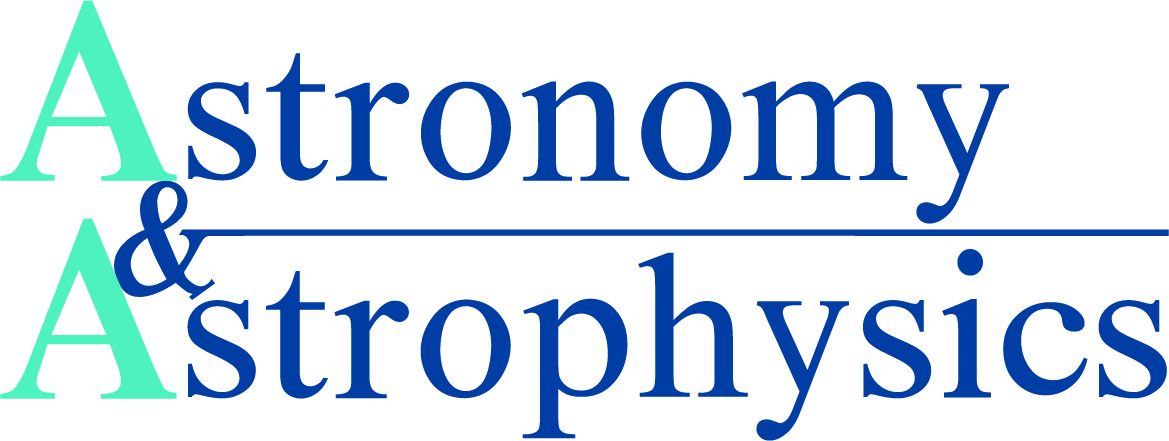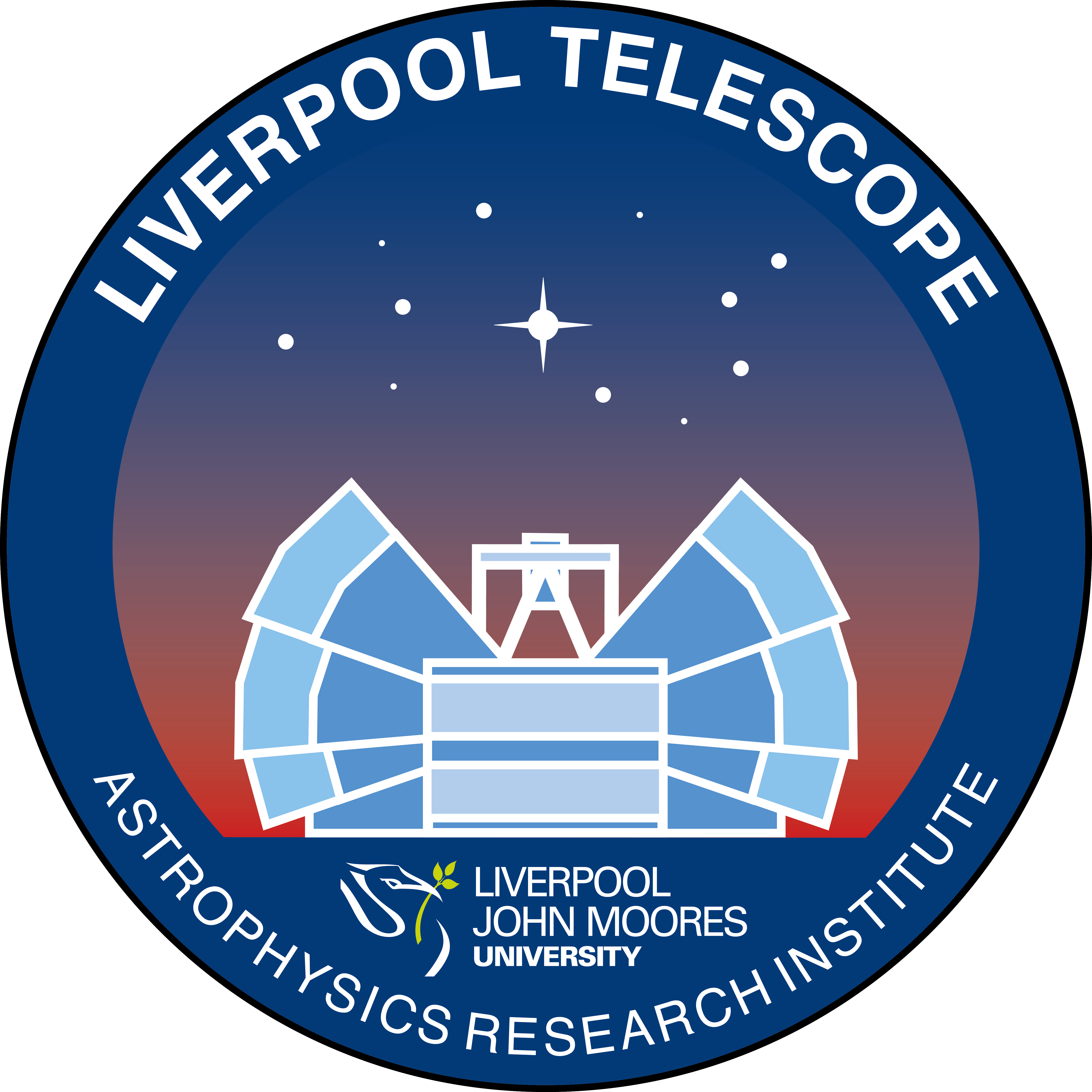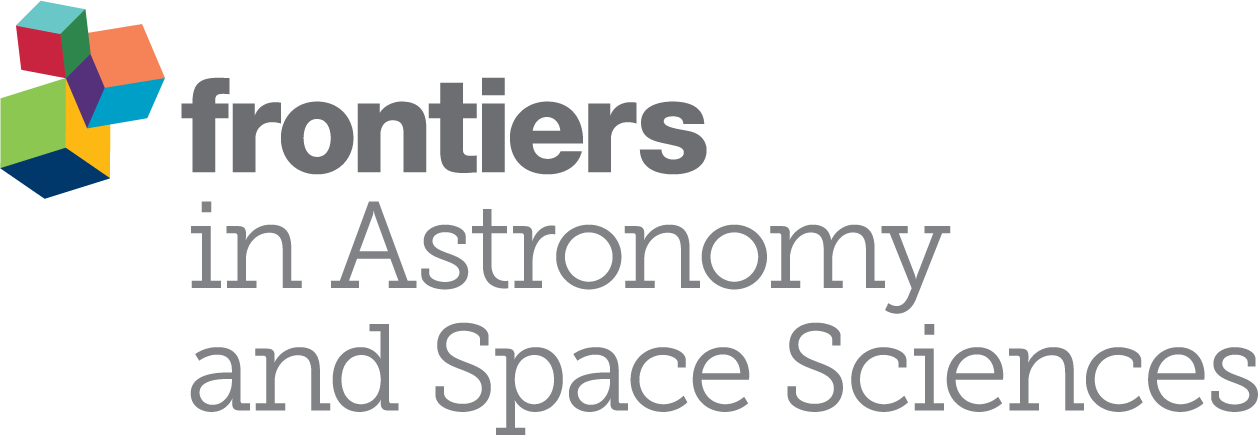Symposium S11
5 – 6 April 2018
Weak and strong-lensing techniques to unveil mysteries of the Universe
Aims and scope
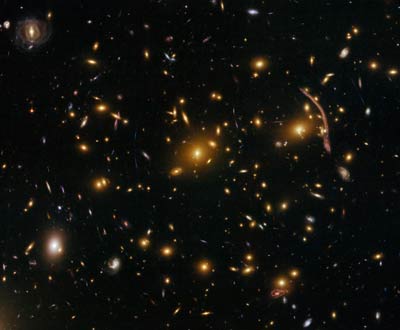 The past year 2017 has been a turning point in terms of cluster gravitational lensing. Indeed while the Hubble Frontier Fields observing campaign, the largest investment ever of HST time for galaxy clusters, came to an end, its continuity, BUFFALO, has been awarded Hubble time with more than a hundred orbits in order to prepare for Hubble?s successor, the James Web Telescope (JWST). This Symposium is meant to bring together both lensing, structure evolution, and high-redshift galaxy experts to discuss the recent exciting discoveries done within the field, and discuss future prospects with the JWST, due to launch 6 months after EWASS 2018.
The past year 2017 has been a turning point in terms of cluster gravitational lensing. Indeed while the Hubble Frontier Fields observing campaign, the largest investment ever of HST time for galaxy clusters, came to an end, its continuity, BUFFALO, has been awarded Hubble time with more than a hundred orbits in order to prepare for Hubble?s successor, the James Web Telescope (JWST). This Symposium is meant to bring together both lensing, structure evolution, and high-redshift galaxy experts to discuss the recent exciting discoveries done within the field, and discuss future prospects with the JWST, due to launch 6 months after EWASS 2018.
Gravitational lensing is one of the most powerful tool to trace the dark matter distribution, study assembly processes, and thus test evolution theories. While lensing allows us to measure the dark matter content of the lenses, free of assumptions regarding their dynamical state, it also provides a unique spatially resolved view of the lensed objects themselves. Their importance has clearly appeared in recent ambitious programs implemented with the Hubble Space Telescope, with the CLASH multi-cycle Treasury project, the GLASS program, the recent "Hubble Frontier Fields'' (HFF) Director's initiative, the RELICS program, and even more recently the BUFFALO program.
Since the first discovery of a strongly lensed arc in Abell 370 at the end of the 80?s, cluster lensing has provided major scientific breakthroughs in both cosmology and physics of galaxies, including the discovery of the most distant known galaxies in the Universe. These large HST programs have provided unrivaled datasets, complemented by many follow-up observations from most of the world?s large telescopes (multiwavelength studies, IFU and high resolution spectroscopy).
Massive cluster lenses act as `Cosmic Telescope', offering a unique glimpse to distant galaxies, thanks to the large magnification factors produced over wide areas.
With the HFF, we have now reached an era of high-precision in terms of magnification measurements, thanks to very precise mass models, the distribution of dark matter in galaxy clusters can now be mapped down to 1% precision, allowing for a better understanding of magnification bias and line-of-sight projection of the lensing mass thanks to essential tests run with state-of-the-art numerical simulations. With such an observational tool, we can now measure cosmological parameters using cosmography, or observationally test LCDM looking at the amount and distribution of substructures for example. In turn, well-calibrated clusters as gravitational telescopes allow us to observe the faintest galaxies, well beyond the observational limits of current instrumentation. Measurements of the integrated galaxy UV luminosity density trace the formation of the first galaxies and cosmic reionization after the Big Bang.
HST campaigns have also discovered spectacular lensed objects, like a multiply-lensed z~11 galaxy - the highest-redshift galaxy ever detected, or the Supernovae Refsdal, the first example of a lensed supernovae with resolved multiple images. The future is even more promising for lensing clusters with the HST treasury programs RELICS and BUFFALO; the EUCLID mission, DES, KiDS, and LSST expecting the discovery of thousands of them and providing a complementary approach to studying cluster properties and the associated cosmological implications; and the James Webb Space Telescope (JWST) giving us a unique deep and multi-colour dataset.
Following the key turning point 2018 represents, we propose to bring together both observers and modelers to discuss these latest developments to optimize the scientific returns of JWST. The timing of this meeting is optimal as the HFF observations are now over, BUFFALO, its continuity, will be half-way, and the JWST ERS programs will be allocated. Therefore we expect discussions on the observing strategy of high-redshift galaxies with JWST following the first results from BUFFALO.
Programme
- How to Model Cluster Mass Distributions ?
- The Mass Distribution & Physics of Galaxy Clusters
- Lensed galaxies & Reionization
- Long wavelength view of the Distant Universe
- Weak-lensing wide-field cluster surveys
- Transients
- Cosmography & Simulations
Invited speakers
- Elisa Chisari (University of Oxford, UK)
- Ariel Goobar (Stockholm University, Sweden)
- Rachael Livermore (University of Melbourne, Australia)
- Johan Richard (CRAL, France)
- Matthieu Schaller (Durham University, UK)
- Brian Siana (UC Riverside, USA)
- Sherry Suyu (MPA, Germany)
Scientific organisers
- Mathilde Jauzac (Durham University, UK)
- Charles Steinhart (Neils Bohr Institute, Denmark)
- Jean-Paul Kneib (EPFL, Switzerland)
- Hakim Atek (IAP, France)
- Jonathan A. Blazek (EPFL, Switzerland)
- Marusa Bradac (UC Davis, USA)
- Peter Capak (Caltech, USA)
- Jose Maria Diego (Instituto de Fisica de Cantabria, Spain)
- Richard Ellis (ESO, Germany)
- Matt Hilton (UKZN, South Africa)
- Eric Jullo (LAM, France)
- Richard Massey (Durham University, UK)
- Kavilan Moodley (UKZN, South Africa)
- Priyamvada Natarajan (Yale University, USA)
- Keren Sharon (University of Michigan, USA)
- Ian Smail (Durham University, UK)
- Graham P. Smith (University of Birmingham, UK)
- Adi Zitrin (Ben Gurion University, Israel)
Contact
Please contact Mathilde Jauzac ( mathilde.jauzac @ durham.ac.uk ) if you have any questions regarding this Symposium.
Updated on Mon Nov 06 17:10:03 CET 2017
|
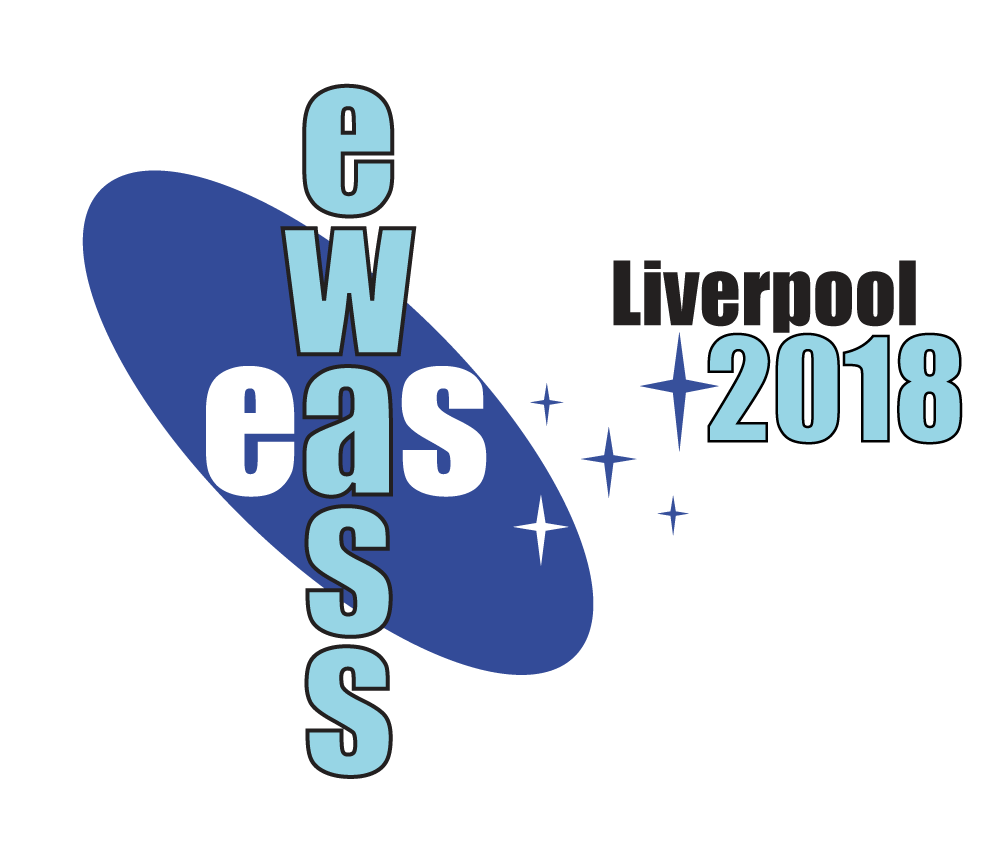
 A power cut will shut down all EAS services on Tuesday, 10 January 2017 starting at 7:30 CET.
A power cut will shut down all EAS services on Tuesday, 10 January 2017 starting at 7:30 CET.













